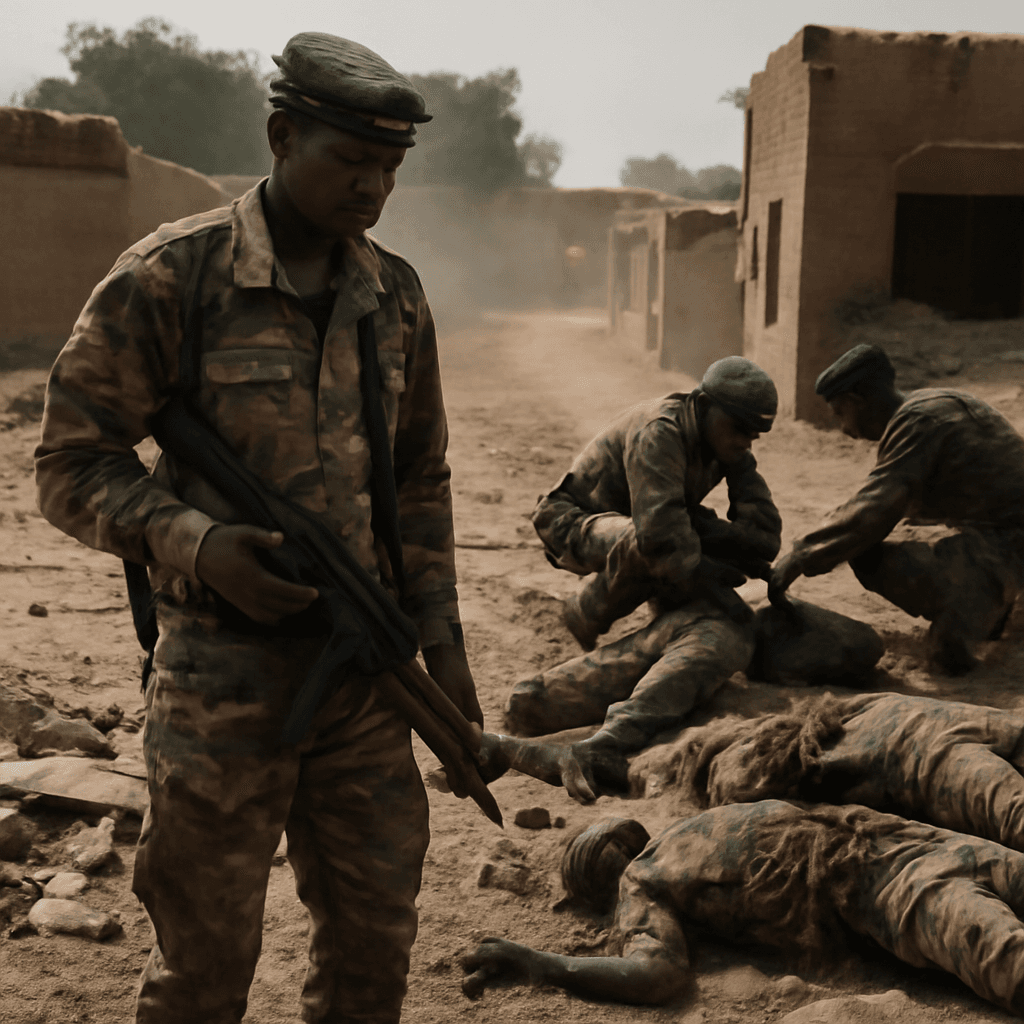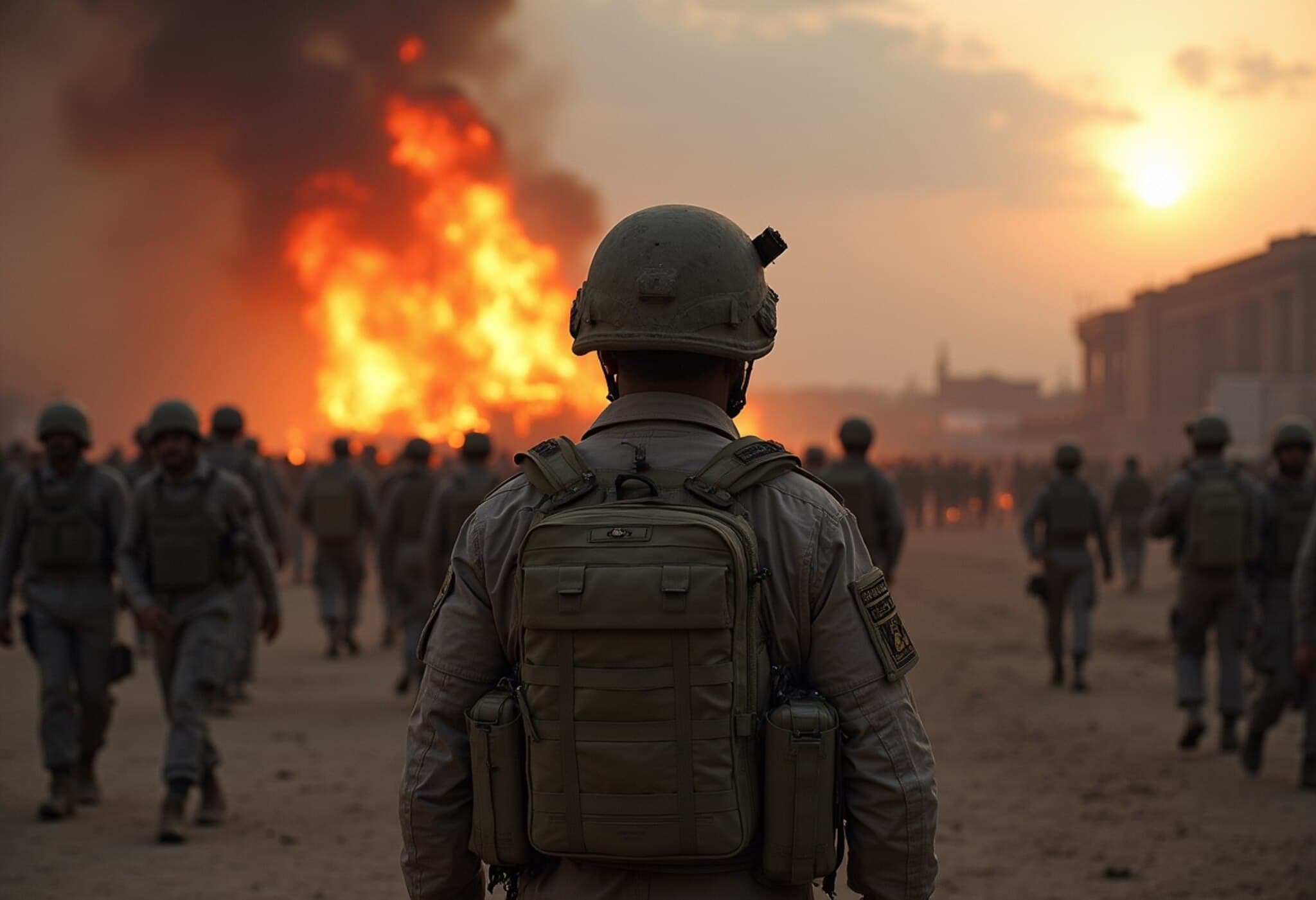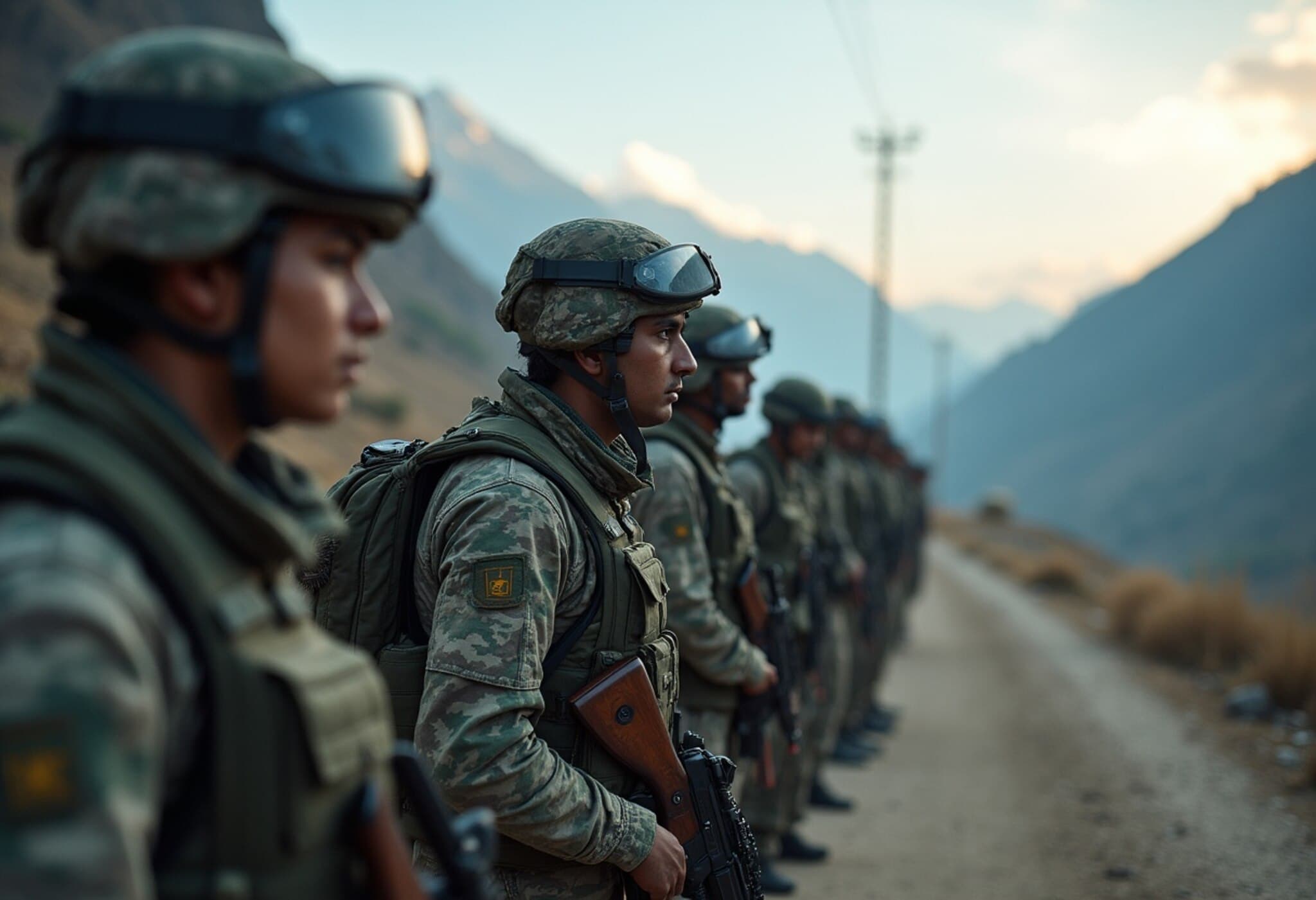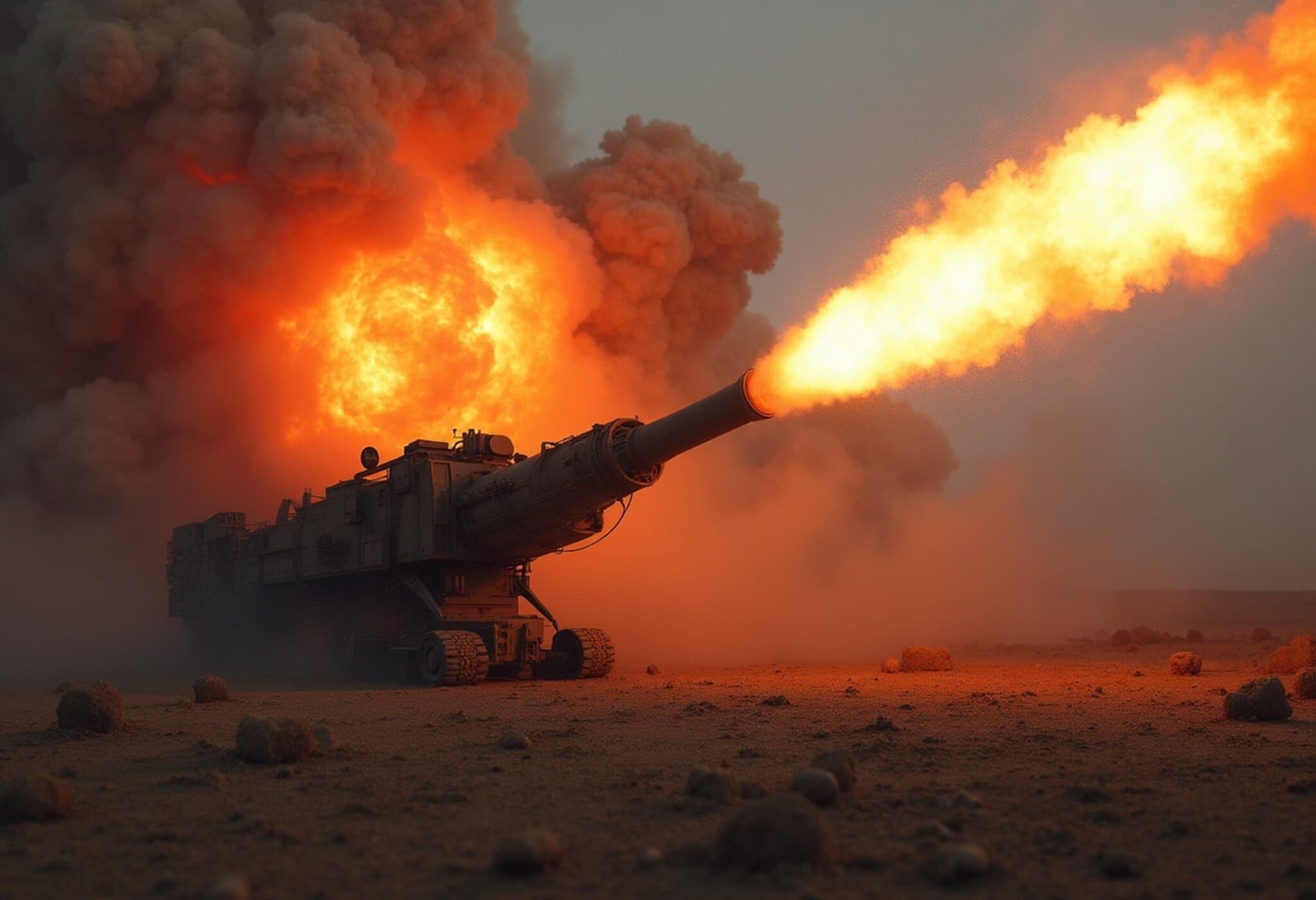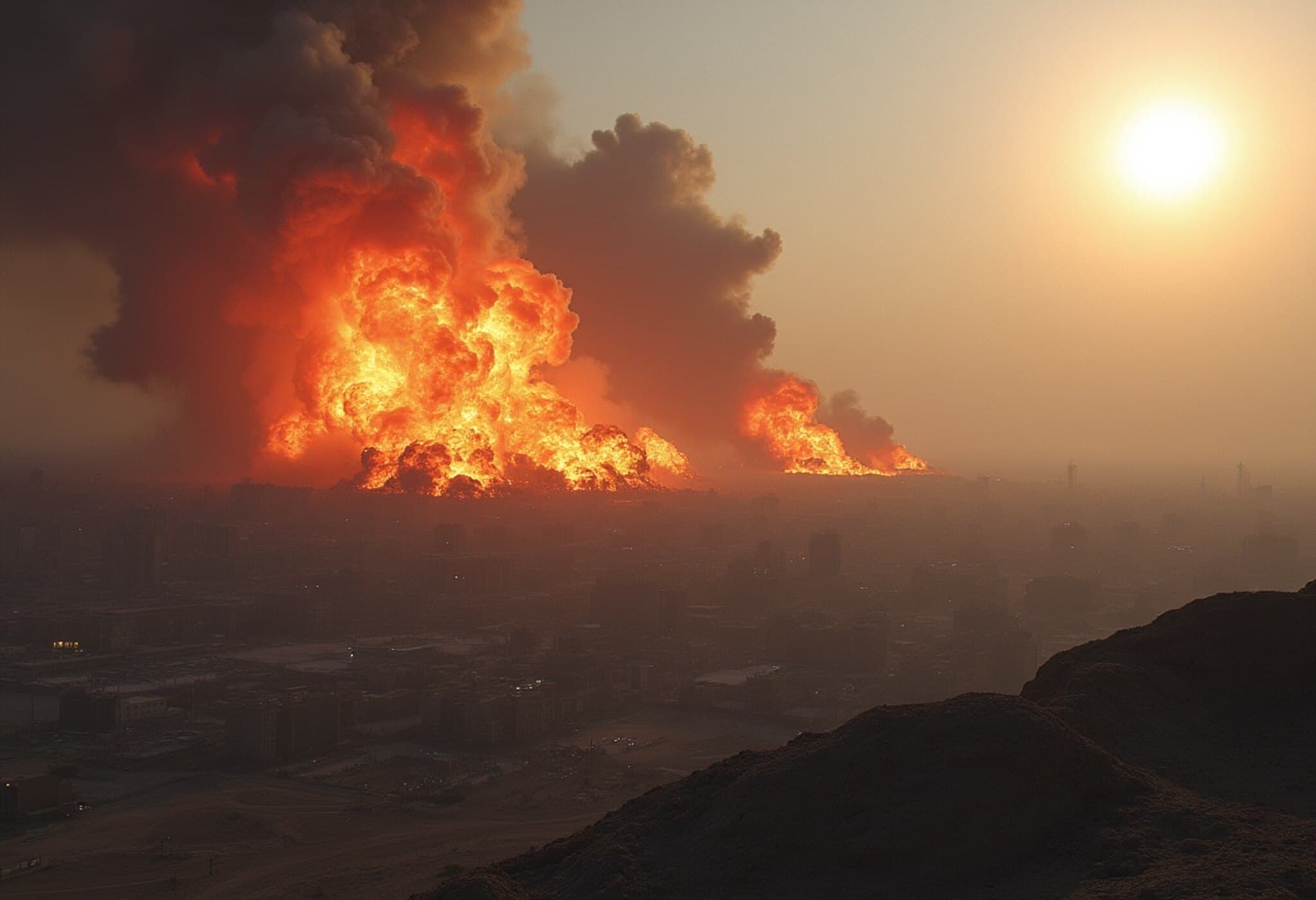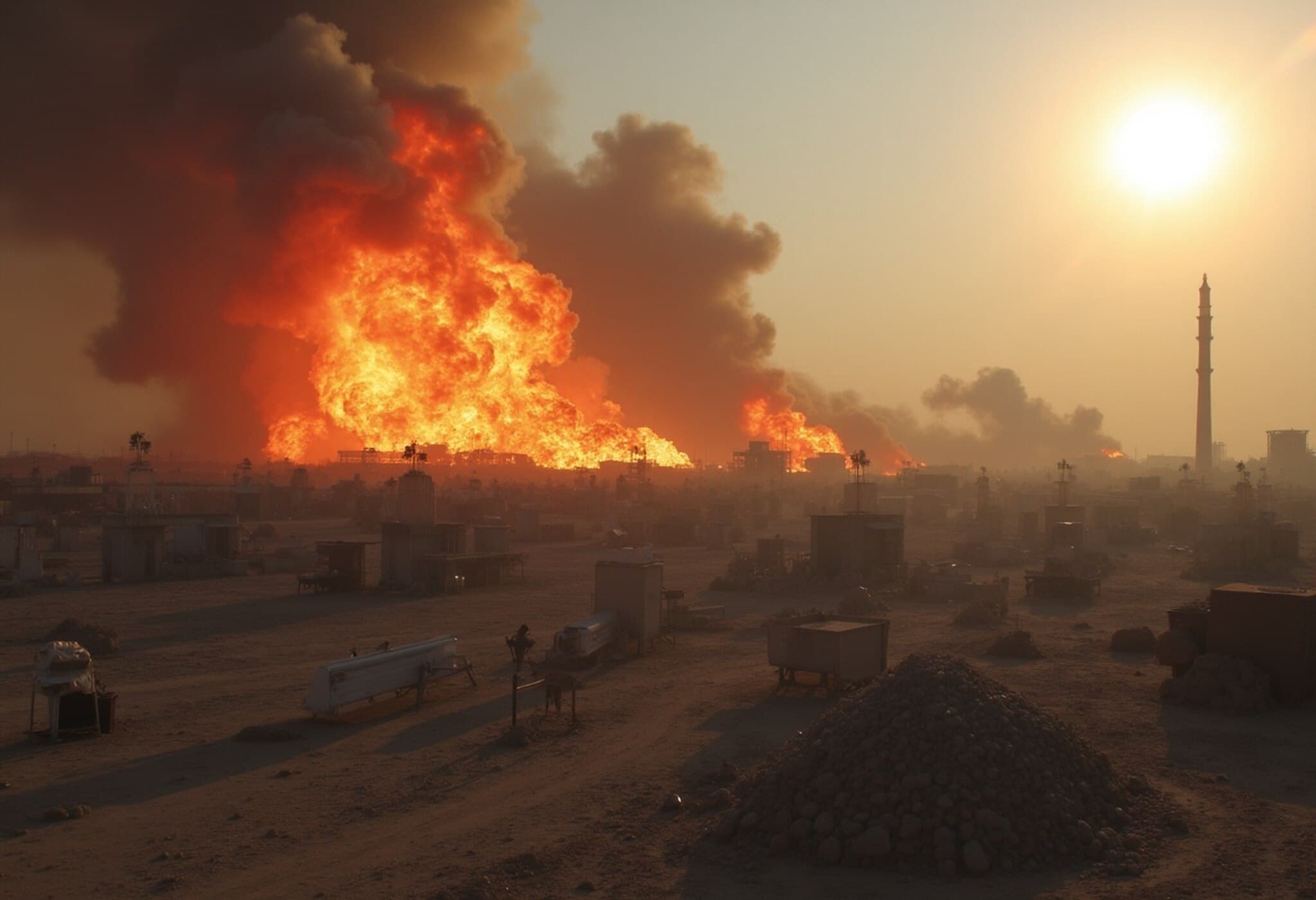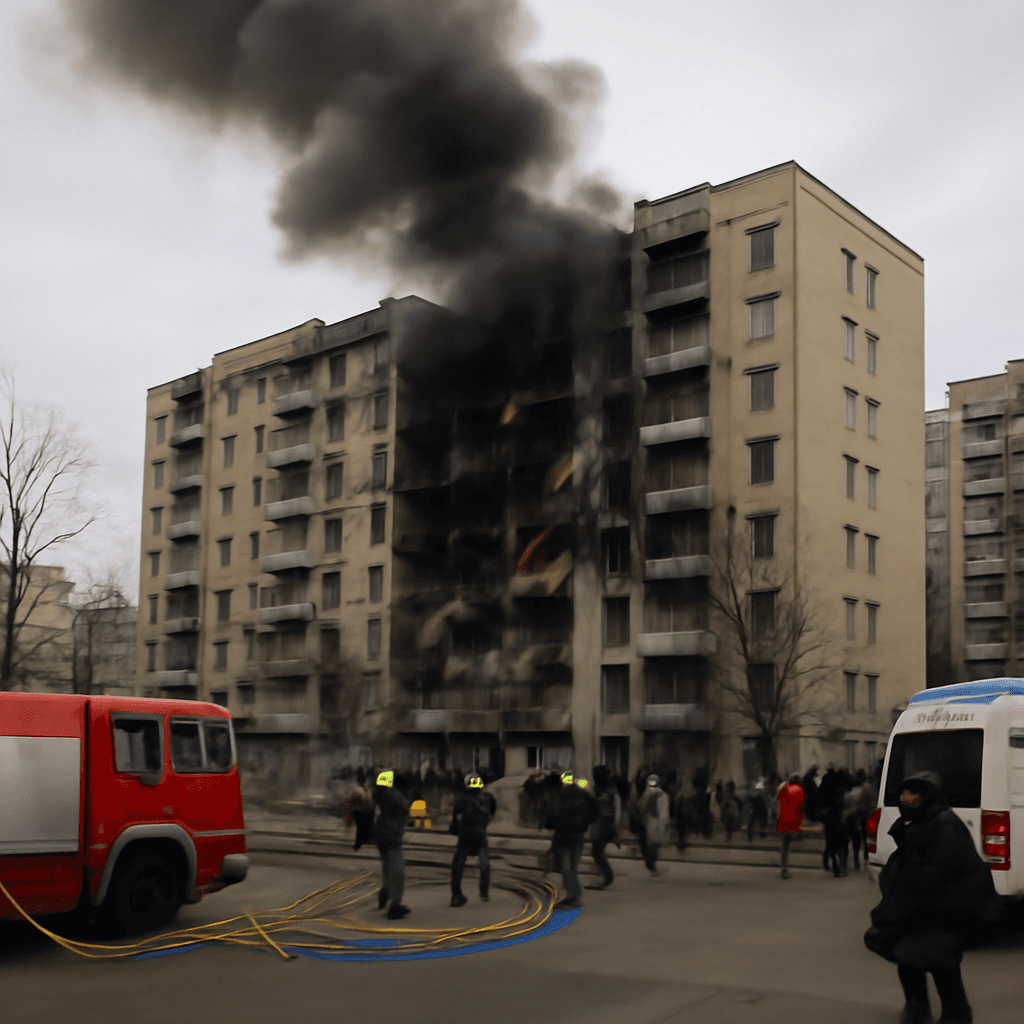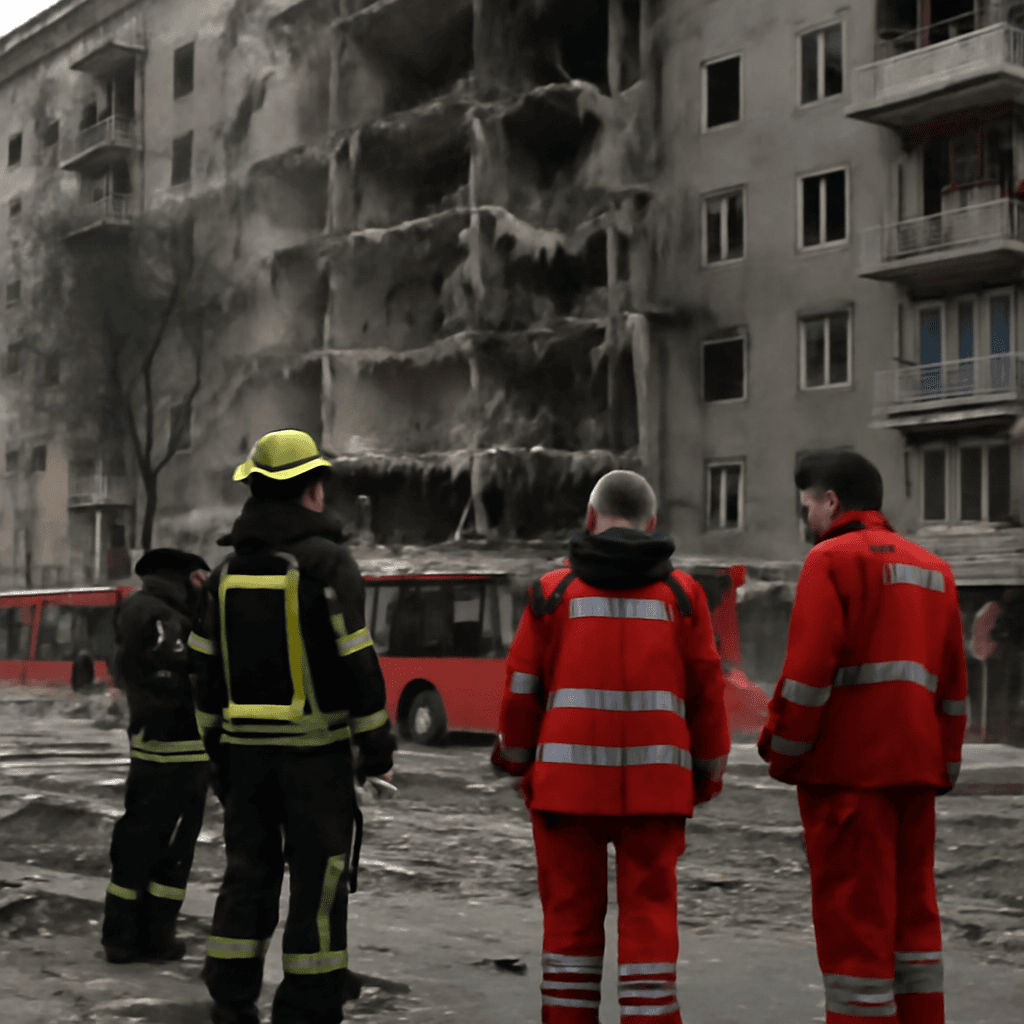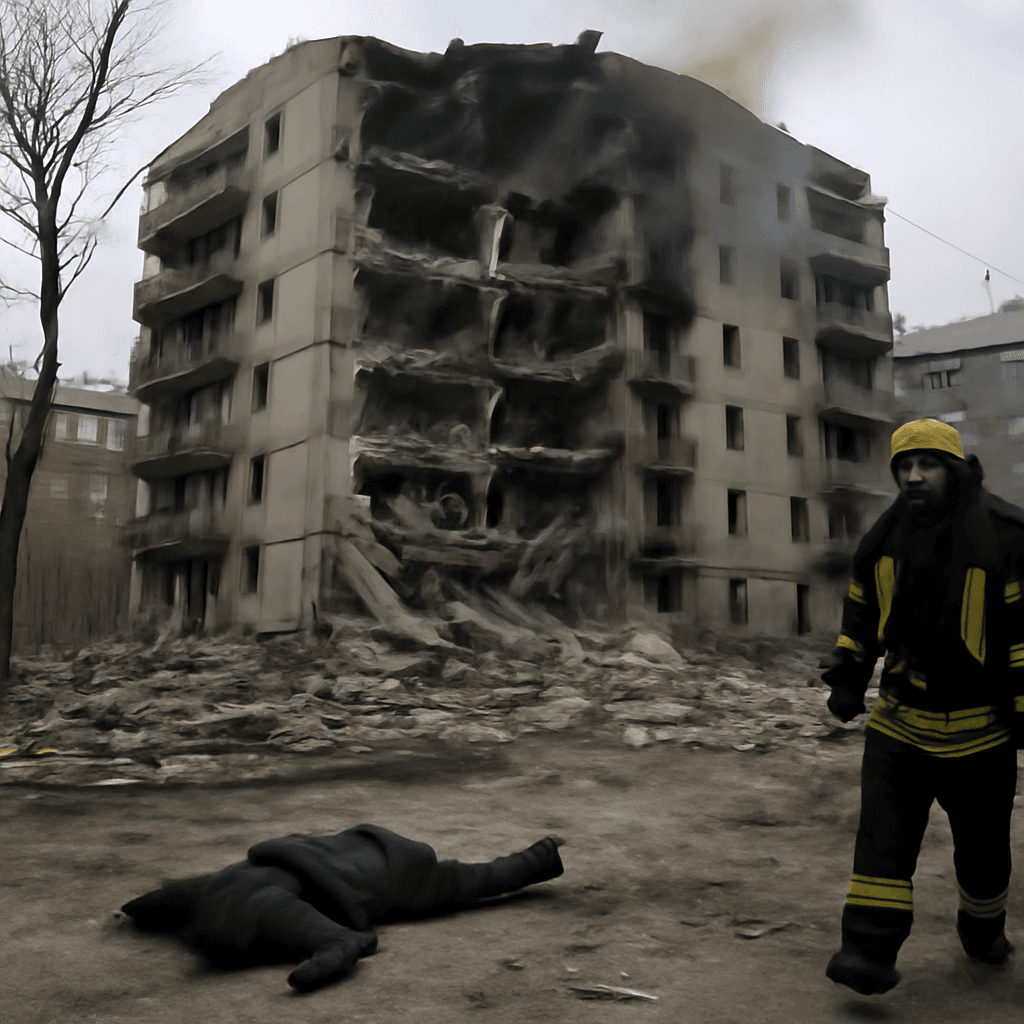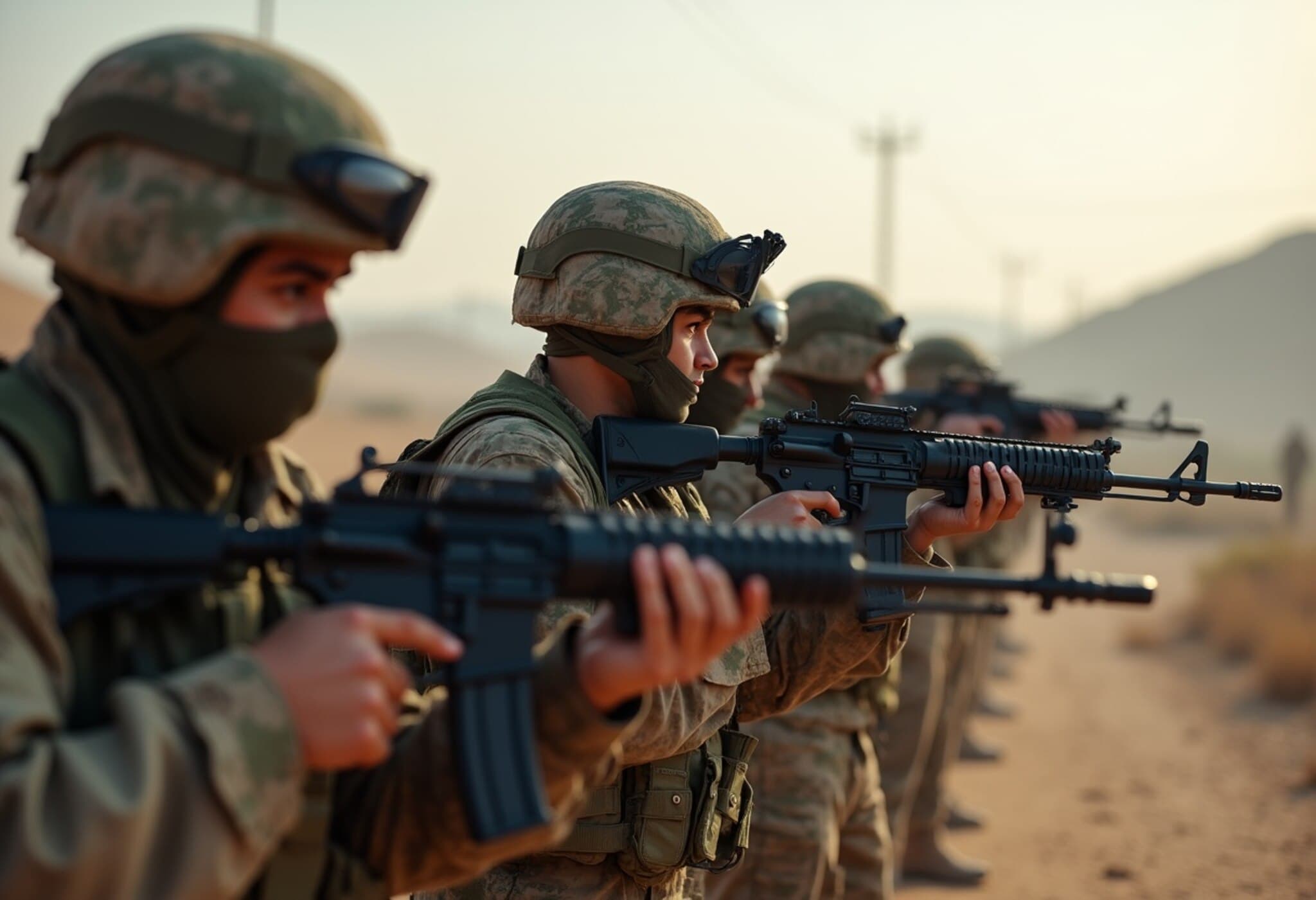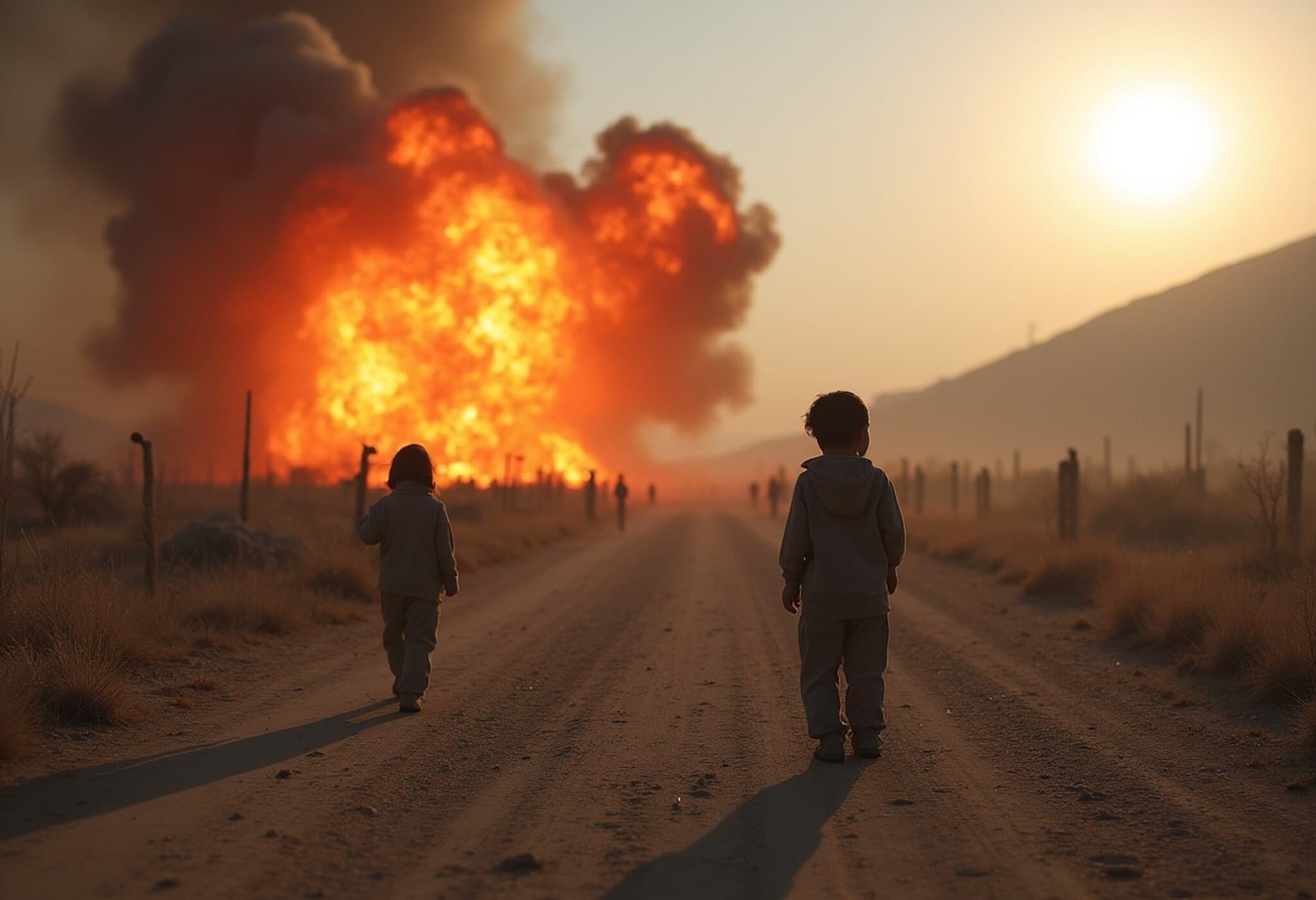Pakistan’s Covert Drone Strikes Targeting Own Territory
In a shadowy campaign largely hidden from public view, Pakistan has been deploying drones to strike Islamist militant targets within its own borders, particularly in tribal and border regions. While these operations aim to curb terrorism, reports indicate they have inadvertently caused significant collateral damage, including the loss of civilian lives.
Drone Strikes Beyond the Headlines
Although Pakistan recently showcased its drone capabilities during brief military skirmishes with India, especially in Jammu and Kashmir, the more consequential use of these unmanned aerial vehicles (UAVs) lies within its domestic counterterrorism efforts.
For years, security forces have launched drone attacks against suspected militants in volatile areas such as Khyber Pakhtunkhwa and Waziristan. Yet, these operations have stirred controversy due to the unintended casualties they cause.
Collateral Damage Raises Concerns
- Earlier this year, a drone strike in Khyber Pakhtunkhwa targeted a so-called terrorist hideout, reportedly taking out several high-value militants. However, provincial authorities confirmed that women and children were among those who perished.
- Not long after, a drone strike in Lower South Waziristan injured at least 20 civilians gathered for a volleyball match, spotlighting the risks to non-combatants amid persistent unrest.
- In a distressing incident last month, four children lost their lives in a drone attack in North Waziristan, further escalating criticism of the government's counterterrorism approach.
While officials attribute most violence to groups like the Pakistani Taliban, opposition voices argue the ongoing drone campaign reflects flawed security policies with severe humanitarian costs.
Opaque Operations and Online Narratives
Despite the widespread deployment of drones, the Pakistani government has yet to publicly admit the extent of these strikes. Instead, it has ramped up a digital campaign to shape public perception.
Pro-military social media accounts frequently share videos claiming to show drone strikes on militants, though independent verification remains elusive. These clips, some allegedly recorded as recently as 2024, depict operations against Taliban-linked fighters in regions like Khyber Pakhtunkhwa.
The government appears to use this online push to build support for drone actions and counter claims regarding civilian casualties.
Context: US Drone Campaigns in Pakistan
Pakistan’s domestic use of drones contrasts with the earlier period when the United States carried out strikes inside Pakistani territory targeting Al Qaeda and Taliban leaders. The US initiated such operations in 2004, with a total of over 400 strikes authorized across administrations.
- The first documented US drone strike in Pakistan eliminated Taliban commander Nek Muhammad in 2004.
- Both the Bush and Obama administrations authorized numerous strikes, with Obama approving 353.
- US drone operations in Pakistan halted after 2018, the last notable strike killing Afghan Taliban leader Mullah Akhtar Mansour in 2016.
Pakistan’s Efforts Against Terror Financing
In 2018, Pakistan was placed on the Financial Action Task Force (FATF) grey list, marking it as a jurisdiction vulnerable to terrorist financing and money laundering. The international body demanded comprehensive reforms through a 34-point action plan.
Though delayed by the COVID-19 pandemic, Pakistan implemented key changes between 2020 and 2022. An FATF on-site review in September 2022 confirmed substantial progress, leading to Pakistan’s removal from the grey list in October 2022.
However, regional neighbors, notably India, continue to caution Pakistan to pursue irreversible action against terrorism.
The Road Ahead
Pakistan’s clandestine drone campaign against Islamist groups underscores the complexities of battling militancy within challenging terrains and populations. Yet, the associated civilian toll raises pressing questions about the strategic and ethical cost of these measures. As accountability debates intensify, the government’s balancing act between security and human rights remains under intense scrutiny.



